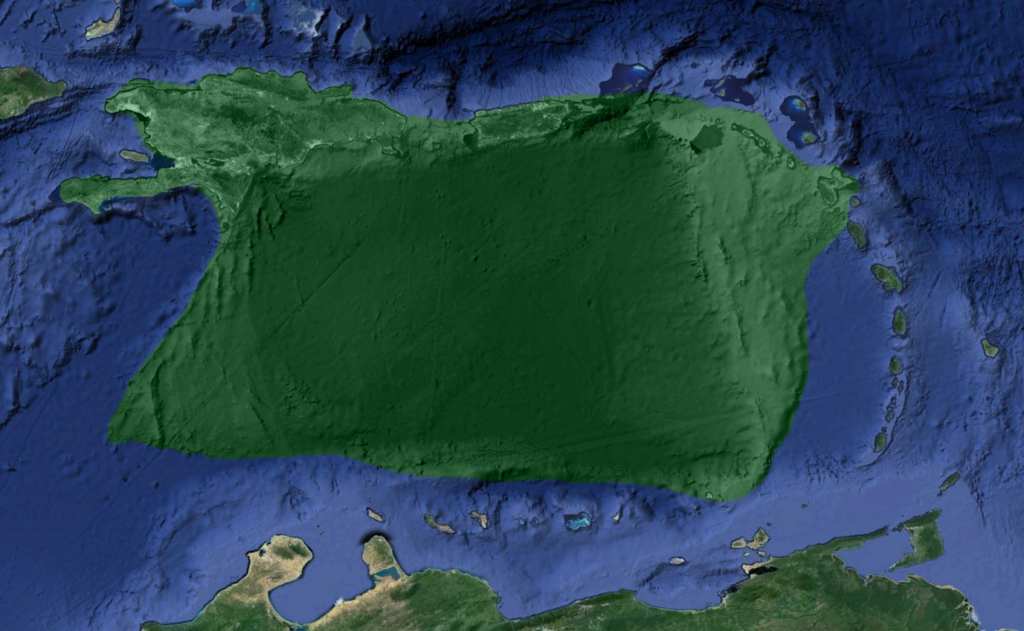Purpose of Plato's Caribbean Atlantis

Plato’s Caribbean Atlantis results from a ten-year project dedicated to explaining Plato’s Atlantis story and its description of Atlantis and its empire. It is aimed squarely at the science behind Plato’s descriptions; its purpose is to convince people of the truth of Plato’s Atlantis story.
The book applies current scientific knowledge from various disciplines to explain Plato’s descriptions of the Atlantic Island and the Earth at the time he specified. The main subject areas in the book include Ancient History, Archaeology, Human Prehistory, Palaeontology, Climate Science and Geology.
In the Timaeus and Critias dialogues, Plato describes the Atlanteans as an aggressive imperial military power that originated on what he calls the “Atlantic island”, located outside the Mediterranean in the Atlantic Ocean.
According to Plato, the Atlanteans conquered and enslaved Western Mediterranean cultures and then attempted to expand their empire by conquering the remaining free cultures in the Eastern Mediterranean. The Atlanteans were defeated in a war against the free Mediterranean people and eventually were driven entirely from the Mediterranean region.
Sometime after the war in the Mediterranean, the Atlanteans’ homeland on the Atlantic Island sank into the sea during devastating earthquakes and floods. Plato also describes a prehistoric society in Athens that fought against the Atlanteans but was also destroyed by natural disasters.


